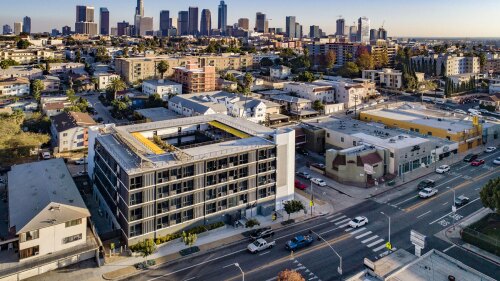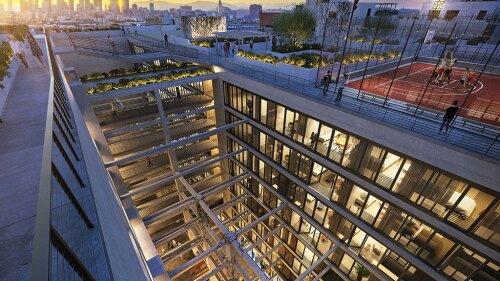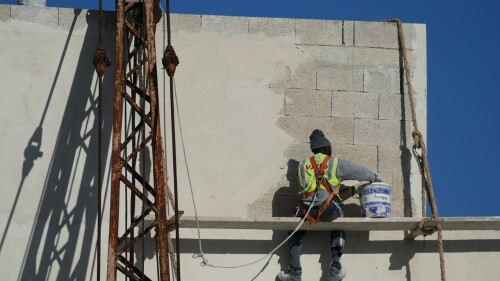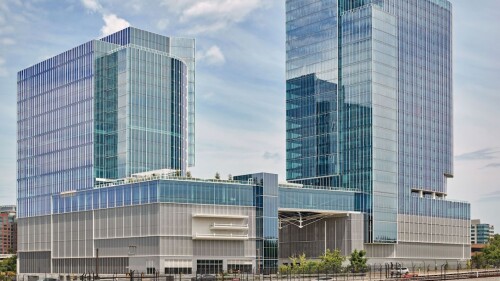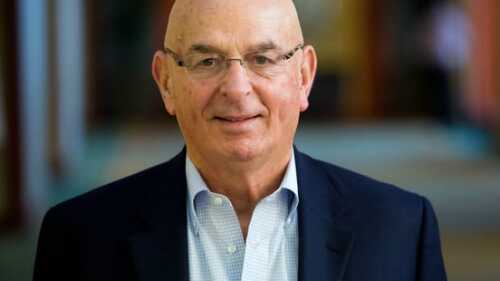Los Angeles
As cities confront the housing crisis, they face intersecting challenges: opposition not only to affordable-housing development but often to any development; spiraling financing and construction costs; outdated zoning that stifles or misplaces growth; egregious bureaucratic barriers; and issues around displacement and historic preservation. But some cities have an asset that can serve as a testing ground for harmonizing urgent priorities: their downtown districts.
In a period short on opportunities and long on challenges, design matters even more. Good design principles are always worth employing, whatever the development climate, but three key design aspects pertain in particular: alliance, resilience, and quality.
Experts speak about the near-term prospects for converting office buildings into multifamily housing, best practices for evaluating conversion potential, innovative ways the public sector can support these projects, and other related trends.
The natural reaction to hearing that a product or material has been made with the assistance of modern slavery is to flinch in horror and perhaps disbelief. Unfortunately, the construction industry is ranked second—just behind domestic service—as a problematic industry in terms of its risk of relying on forced labor, according to the 2022 Global Estimates of Modern Slavery, Forced Labour and Forced Marriage report from the International Labour Organization in Geneva.
Los Angeles attorney George Fatheree III—who made national headlines for aiding members of the Bruce family in the return of beachfront property that was taken from their ancestors, nearly a century ago, through eminent domain—is embarking on a new venture, his own social impact fintech, ORO Impact.
Ten projects take advantage of financial tools that promote environmentally positive development
Neglected yet historic department store remade into a vibrant destination anchored by buzzy health food grocer.
At the 2023 ULI Fall Meeting in Los Angeles (L.A.), attendees had the opportunity to tour Hollywood Park in Inglewood California, a 298-acre location of sports, entertainment, parks, retail, and residential space, which includes the famous SoFi Stadium. Hollywood Park, formerly Hollywood Park Racetrack, is currently being converted into a mixed-use master-planned community highlighting the architectural and lifestyle of Southern California
ULI is deeply saddened at the passing of visionary Los Angeles developer and ULI Life Trustee Wayne Ratkovich at the age of 82. In 1977, he founded The Ratkovich Company, a development firm specializing in urban infill and adaptive reuse projects.
The ULI Foundation has announced that Alex J. Rose, executive vice president for Continental Development Corporation, has donated $1 million to support ULI’s Advisory Services program, which offers expertise and technical assistance to communities facing complex land use challenges. This gift is a contribution to the ULI Foundation’s first capital campaign, Our Cities, Our Future, which aims to raise $100 million in support of the Institute’s global mission.


